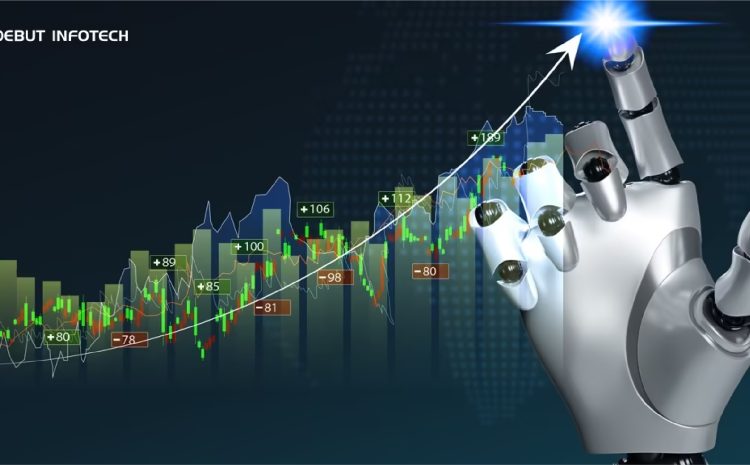Human judgment can be amplified by machine-assisted analysis to build an emerging hybrid-intelligence model, but the industry must stay vigilant to avoid potential systematic glitches
The emerging role of artificial intelligence is as a natural ally and a radical game-changer for investment. Long regarded as discrete fields, the quantitative and fundamental disciplines are coming together, driven by tech advances that offer to unlock the breadth and depth of extensive data universes. This emerging synergy is boosting the efficiency and insights of investment firms, while disrupting traditional silos.
But as AI systems increasingly help to inform investment decisions across asset classes, managers will have to grapple with constraints of predictability and the possibility of systemic distortions, such as acting on the same inefficient factor. As markets become crowded with models predicting other models, the industry must strike a balance between innovation and connection to economic fundamentals.
Historically, time has been a constraint for fundamental managers, limited to the number of companies one human can analyse in detail, and bottlenecks are common. This has meant that analysts often specialise in a narrow segment of the market. AI helps overcome this. Natural language processing tools, for example, can parse and synthesise thousands of earnings transcripts, news articles and macroeconomic reports as they are released, allowing analysts to stretch their research over entire stock universes without trading off for granularity and, sometimes, discovering prior hidden correlations.
This human judgment amplified with machine-assisted analysis enables fundamental investors to watch larger opportunity sets and maintain a research-oriented approach. The outcome is an emerging model of hybrid intelligence, whereby machines process the enormous load of data and first-level pattern recognition, enabling human analysts to focus on more strategic interpretation of risks, nuanced analysis on ultimate decision accountability. The result is a more complete investment process that combines breadth and insight.
Alternative datasets
At the other end of the spectrum, quants are using AI and machine learning to exploit unstructured data, including social media sentiment, behavioural cues and alternative datasets. That is enabling quant managers to look beyond their standard signals and add some distinctly human-like elements to their forecasts, inching towards the richness traditionally synonymous with fundamental analysis.
At the core of these converging strategies is predictive AI. Managers try to predict prices with various other predictor models in a complex game, which will ultimately be won by those firms who are successful in having predictive models trained on more diverse and expansive datasets to counteract the reflexivity and systemic risk.
As AI systems require ever-larger datasets to stay ahead, there is danger that huge pools of synthetic data are created, much of it of limited marginal value. The result can be a sort of intellectual entropy — an expanding universe of data that increases complexity but not understanding.
The future belongs to those who can strategically weave AI into their investment process and philosophy
To address this, it is essential that investment professionals, via partnership with AI experts, develop and deploy AI systems that are: explainable; keep a clear economic focus on the inputs; and clear on the methods they use to validate their models. Instead of playing catch-up with volume, focusing on quality and context relevance in data could be the trick to keeping insights intact. Bringing in a variety of data sources, promoting model diversity and matching machine-generated insights with underlying economic indicators can help restore equilibrium and resilience.
Powerful toolkit
There is no doubt that AI is reshaping the investment landscape. Fundamental managers are broadening their horizons, quants are incorporating more profound behavioural dimensions, and predictive models are triggering a never-before-witnessed concentration of strategies. This combination of width and depth has rendered a powerful toolkit for today’s investment professionals.
However, this power comes with responsibility. With markets increasingly connected and modelled, the industry must be vigilant to ensure no overfitting — when a model learns its training data too well, and systemic limitation — such as when multiple firms unknowingly rely on similarly trained models or over-reliance on synthetic data.
In this environment, the future belongs to those who can strategically weave AI into their investment process and philosophy: heightening predictive powers, producing a richer and more sophisticated understanding of market drivers and risk factors, to truly augment human insight and expertise with the power of machines. Shifting from silos to synergy is not just about exercising blending in strategies. It’s about cultivating a more resilient, more agile and fundamentally established investment landscape.
Giovanni Beliossi, head of investment strategies, Axyon AI

